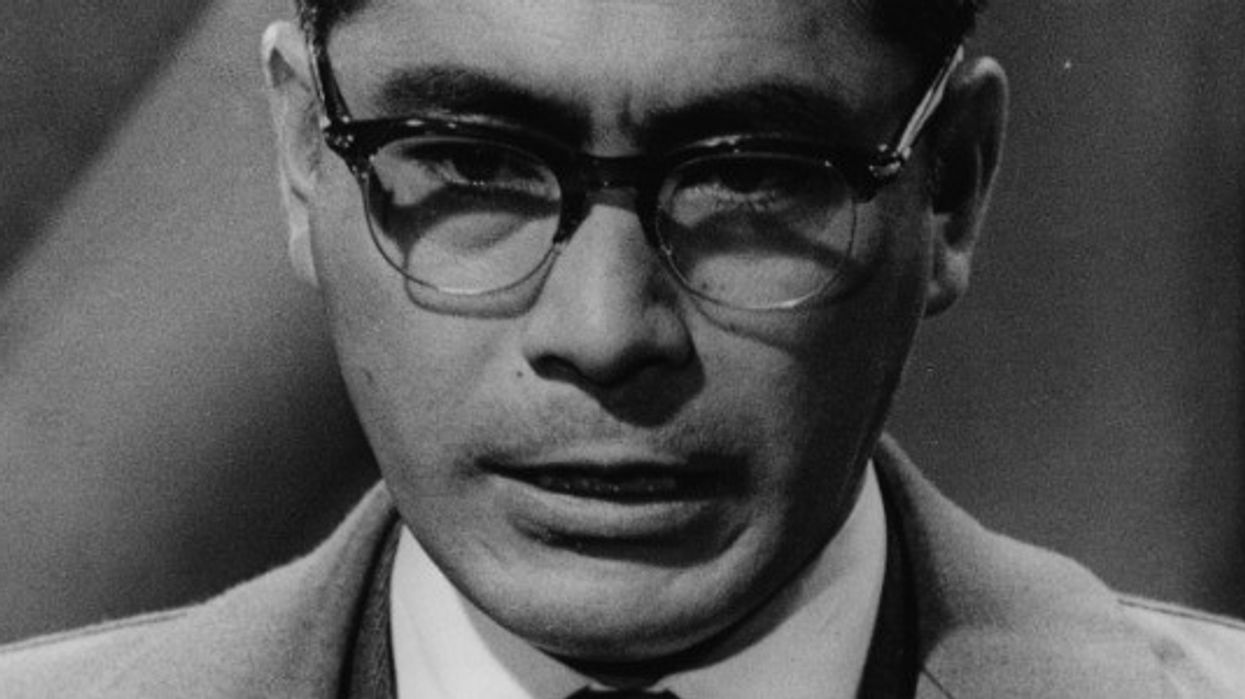Video Essay: How Akira Kurosawa Used Geometry to Visually Create Tension
Akira Kurosawa was a master in so many aspects of filmmaking, but his ability to stage a scene and tell stories visually would give his knack for editing, what some would say was his greatest talent, a run for its money.

One of our favorite video essayists Tony Zhou breaks down a scene from Kurosawa's 1960 thriller The Bad Sleep Well and in doing so reveals just how skilled the director was at visual storytelling. Zhou points out the geometric patterns formed in order to create tension -- the triangles made with eyelines and props, as well as the squares made to form frames within frames.
Check out the video essay below:
Aesthetics was not only my favorite subject in college, but it proved to be supremely and uniquely helpful to me as not only a teller of visual stories, but as a consumer of visual stories. I feel like I say this constantly, but understanding the language of film and becoming more visually literate can not only transform the meanings behind key scenes in your films, but deliver them with a bigger, stronger punch. Like they always say, in film, it's better to show than to tell.
Take the section of the scene where Moriyama corners Shirai -- ask yourself, does he really get cornered? Take a look at the frame below:
This frame (within a frame) is used to visually (instead of spatially) decrease the amount of room Shirai appears to have while Moriyama approaches him -- giving the illusion that he's being cornered, that he's being trapped, that there's nowhere left for him to go. Now, if you want to understand how effective this technique is, imagine if Moriyama literally cornered Shirai. Sure, we'd understand that Moriyama's onto Shirai, but the subtlety that creates the tension in this scene would be completely lost.
The brilliance of this composition is this: In the physical world, the world in which Moriyama lives, no space is lost -- literally. However, in the emotional world, the world in which Shirai lives, space is dwindling. Moriyama is unaware (though suspicious) of any wrong-doing, while Shirai is fully aware, which is why the composition reflects the world inside his head, because that's where the tension is coming from -- Shirai's fear that he's going to get caught.
Keep an eye out for the longer version of this video essay, because Tony says he's prepping by watching all 30 Kurosawa films. I think we can all agree that we simply cannot wait.
Source: Tony Zhou















